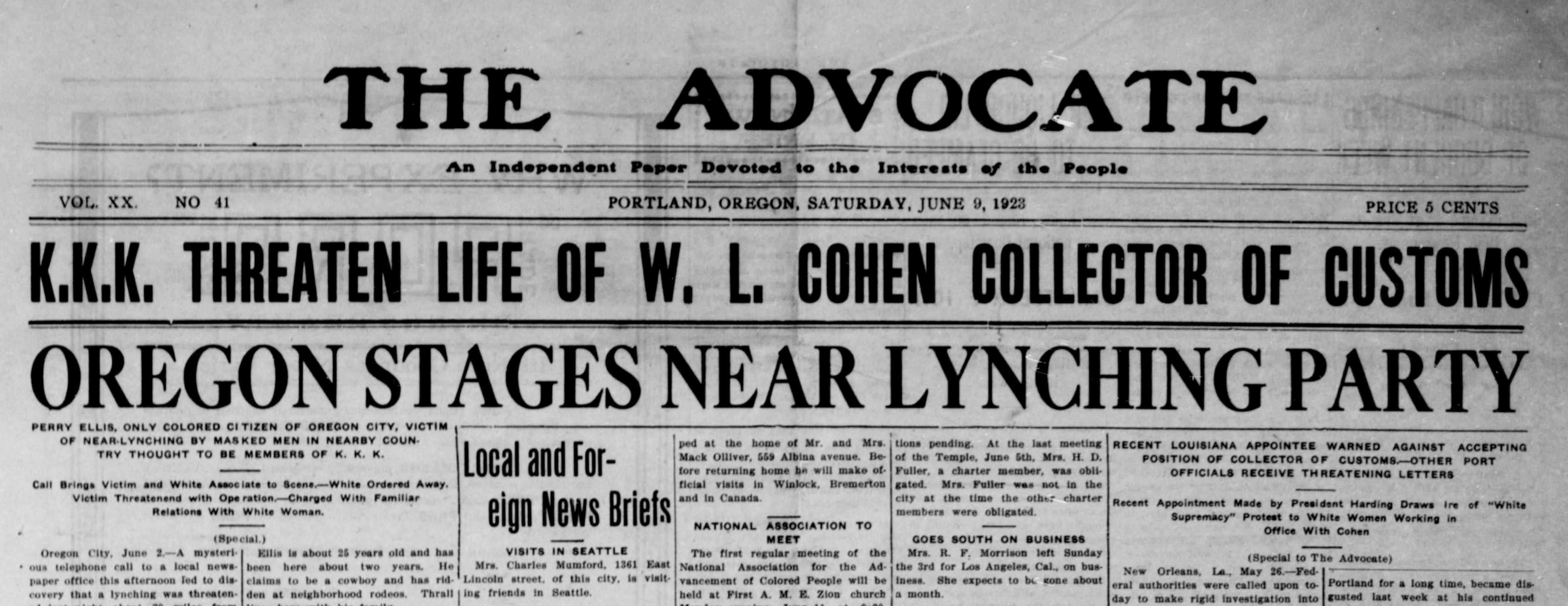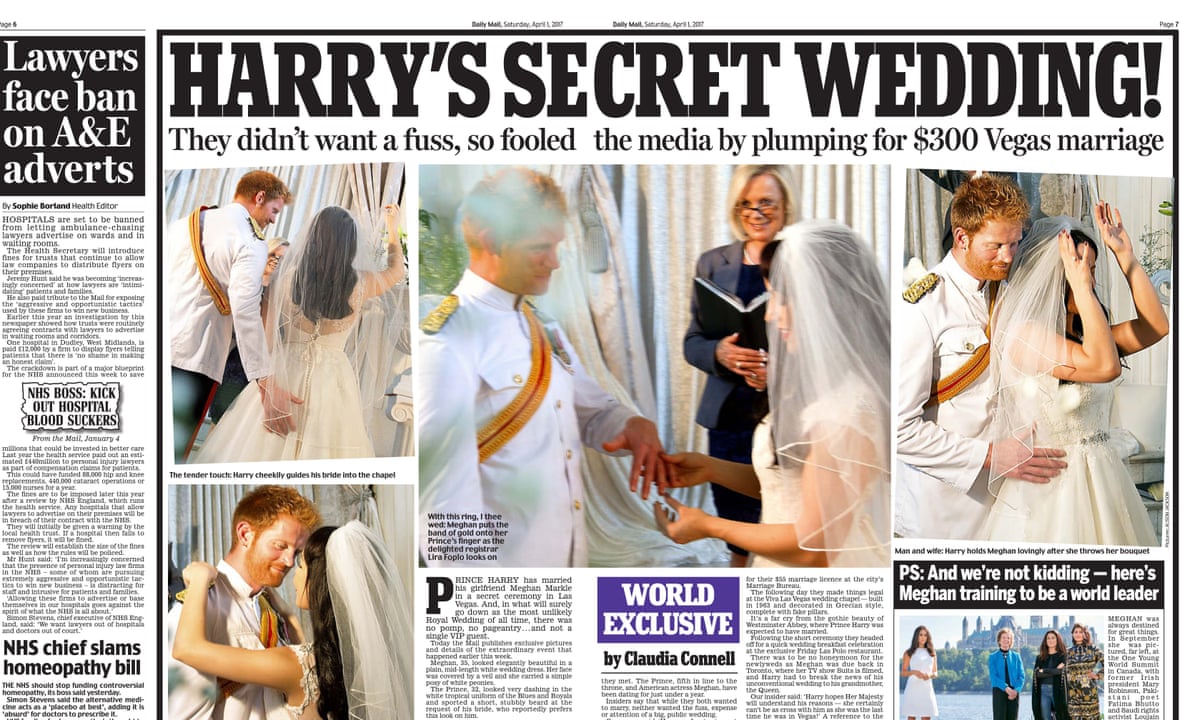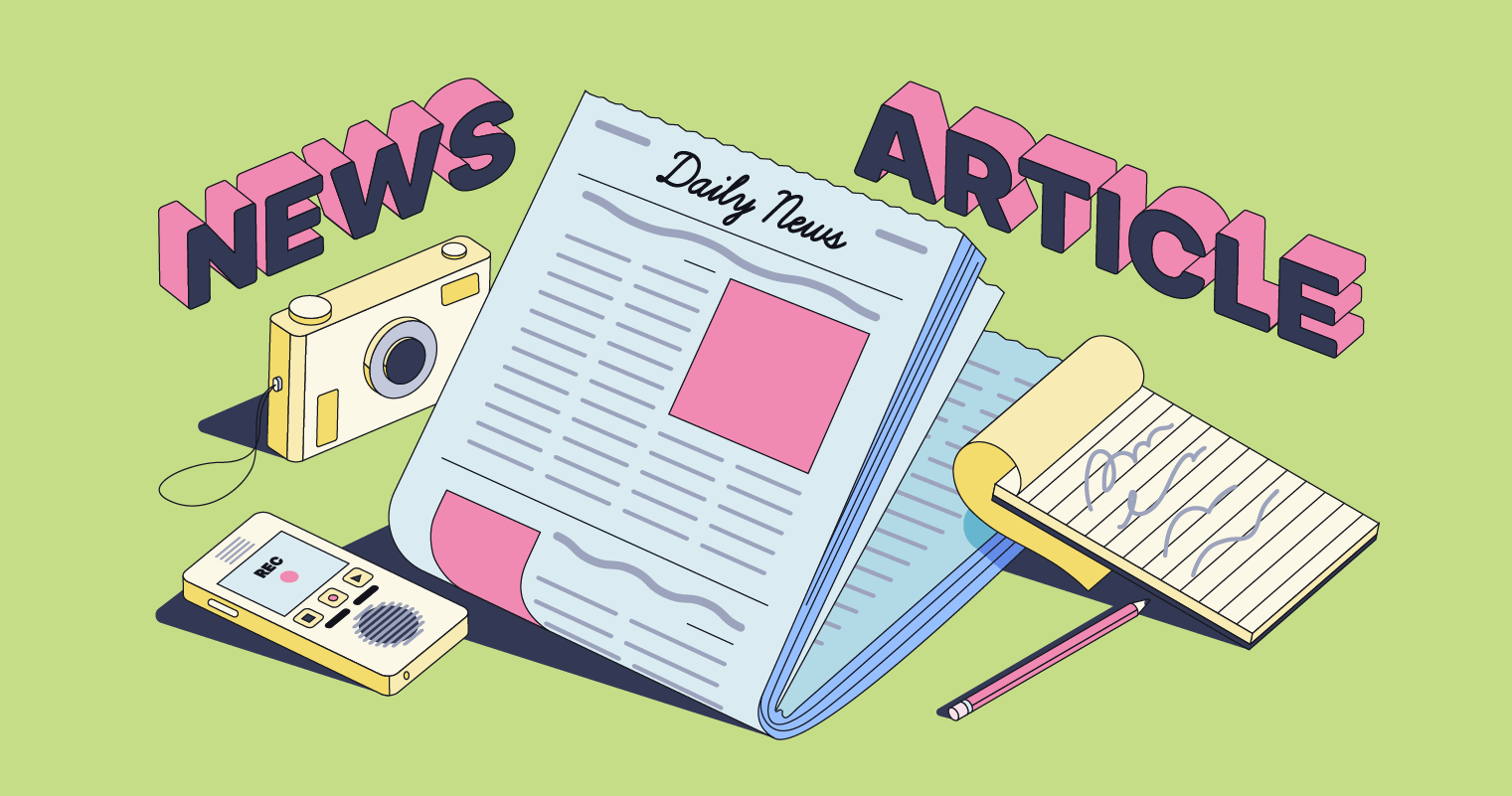How News Articles can Save You Time, Stress, and Money.
Wiki Article
Some Known Questions About News Articles.
Table of ContentsHow News Articles can Save You Time, Stress, and Money.The Best Strategy To Use For News ArticlesWhat Does News Articles Do?What Does News Articles Mean?The Best Guide To News Articles
Good knowledge of various topics provides pupils an one-upmanship over their peers. Also though digital and social media are conveniently easily accessible, we should not fail to remember just how crucial it is to check out the papers. Moms and dads should try and instill the routine of reviewing a paper as an everyday routine to continue the legacy of the adored print tool.News stories likewise contain at least one of the following vital features relative to the designated audience: closeness, importance, timeliness, human passion, anomaly, or consequence.
Within these limitations, news tales also intend to be comprehensive. Among the bigger and extra highly regarded newspapers, fairness and equilibrium is a major element in presenting details.
Newspapers with a worldwide audience, as an example, tend to make use of a much more official style of writing. The certain choices made by a news electrical outlet's editor or editorial board are usually accumulated in a style guide; common style guides include the and the United States News Design Book. The primary goals of information writing can be summed up by the ABCs of journalism: precision, brevity, and clearness.
What Does News Articles Do?
Generally, reporters will certainly not utilize a lengthy word when a brief one will do. They utilize subject-verb-object construction and dazzling, energetic prose (see Grammar). They use stories, instances and allegories, and they seldom depend on generalizations or abstract concepts. Information writers attempt to avoid using the very same word extra than when in a paragraph (sometimes called an "echo" or "word mirror").
However, headlines often leave out the topic (e.g., "Leaps From Boat, Catches in Wheel") or verb (e.g., "Cat female lucky"). A subhead (likewise subhed, sub-headline, subheading, caption, deck or dek) can be either a secondary title under the main heading, or the heading of a subsection of the post. It is a heading that comes before the major message, or a group of paragraphs of the primary message.

Added signboards of any of these kinds might show up later on in the article (especially on subsequent web pages) to attract further analysis. Such billboards are likewise used as tips to the short article in other areas of the magazine or website, or as ads for the item in various other magazine or sites. Common structure with title, lead paragraph (recap in bold), various other paragraphs (information) and get in touch with info.

Example of a hard-lead paragraph NASA is suggesting an additional space task. The agency's spending plan request, announced today, included a plan to send out one more goal to the Moon. This moment the firm intends to develop a long-term center as a jumping-off place for various other space adventures. The spending plan requests about $10 billion for the job.
The NASA announcement came as the agency asked for $10 billion of appropriations for the task. An "off-lead" is the second essential front web page information of the day. The off-lead appears either in the top left corner, or directly listed below the lead on the. To "hide the lead" is to start the short article with history information or information of second significance to the readers, requiring them to read more deeply right into an article than they ought to have to in order to find the necessary factors.
News Articles for Dummies
Usual use is that a person or 2 sentences each form their informative post very own paragraph. Journalists normally describe the organization or framework of an information story as an inverted pyramid. The important and most intriguing elements of a story are put at the beginning, with sustaining information following in order of reducing importance.It allows people to explore a subject to just the depth that their interest takes them, and without the imposition of details or nuances that they might take into consideration unimportant, however still making that details available to much more interested viewers. The inverted pyramid framework also enables articles to be trimmed to any type of arbitrary length during layout, to suit the room offered.
Some authors begin their stories with the "1-2-3 lead", yet there are numerous type of lead readily available. This style invariably starts with a "5 Ws" opening paragraph (as explained above), complied with by an indirect quote that offers to support a significant element of the very first paragraph, and afterwards a straight quote to sustain the indirect quote. [] A twist can refer to multiple things: The last story in the news broadcast; a "pleased" tale to finish the program.
Longer write-ups, such as magazine cover posts and the items that lead the within areas of a paper, are called. Attribute stories differ from straight information in you could try this out a number of methods. Foremost check my reference is the absence of a straight-news lead, a lot of the time. Rather of providing the significance of a tale in advance, feature writers may try to lure visitors in.
The Only Guide to News Articles
An attribute's first paragraphs typically relate an intriguing minute or occasion, as in an "unscientific lead". From the particulars of a person or episode, its view quickly widens to generalities regarding the story's subject.
The Editor's Toolbox: A Referral Guide for Beginners and Professionals (2001) Allan M. Siegal and William G. Connolly. The New York Times Manual of Style and Usage: The Authorities Design Guide Used by the Writers and Editors of the Globe's The majority of Authoritative Newspaper (2002) M. L. Stein, Susan Paterno, and R.
Report this wiki page